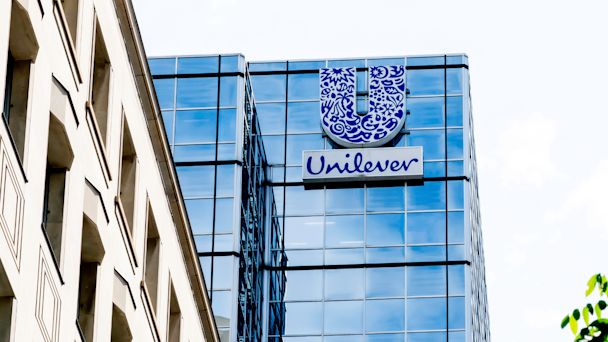Unilever upped marketing spend by €500m in 2022 to justify price hikes
Consumer goods giant significantly increases brand and marketing spend as inflation enforces price hikes on its leading brands.

Market leading increases marketing spend to protect margins / Adobe Stock
Unilever is continuing to implement price rises across its global brands in response to historic levels of inflation. To help sell that to consumers (particularly in Europe), the group has doubled down on its commitment to brand investment.
The call, helmed by Alan Jope, chief exec and Graeme Pitkethly, chief financial officer painted a mixed picture of performance. One thing is clear, with price rises continuing, Unilever looks to market itself out of a corner.
Advertisement
In 2022, media investment as a percentage of turnover was up in the well-being, personal care, and in-home care sectors. Speaking on the call, Pitkethly urged that there will be further increases in 2023.
The global giant raised brand and marketing spend by €200m in the first half of 2022. The investment was even heavier in the second half of the year, sitting at €300m. In the year leading to July 2022, its annual budget was €3.7bn, indicating a significant increase.
Unilever has systematically raised prices for eight consecutive quarters. That sequential increase was, according to Pitkethly, because “we were mindful of the pressure on consumers and chose not to fully offset the cost of inflation through pricing”. A sudden surge could risk losing consumers.
Advertisement
The reason behind the rise
But in 2023, high inflation and logistics costs will bite to the tune of an additional €0.5bn in the first half of the year. According to Pitkethly, the “current pricing environment is a bigger step change versus [what we’ve seen historically].”
What made an otherwise routine earnings call stand out is, as Pitkethly said: “We don’t usually cover inflation variations in detail but fuel energy and labor costs took a significant chunk. Gross margin was down by 210 basis points and we need higher price coverage to rebuild that.” It was pointed out that net material inflation (NMI) was at its “highest in decades”.
In Europe in particular, sales volumes were down 3.9%. In the fourth quarter, there was a step up in price to 13.2% and a volume decline of 6.8%. All of the five business groups were down in volume, but the ice cream unit was the most heavily affected. Pitkethly also hinted at higher competition amid the price rises: “We’ve recently seen share gains in private labels in Europe in most categories as the economic situation weighs on shoppers.”
Suggested newsletters for you
On its price increases, Pitkethly pointed out that there has been far less volume on deals and discounts. That would contrast with efforts to land price increases with retailers.
He added that the business has “benefited from the progress we have made in improving our in-market execution, better products, better innovation, better advertising, better distribution, increased savings”.
Looking forward to the second half of the year, Jope believes inflation will likely come under control. Two major factors influencing inflationary forces are China’s return to consumption after the recent Covid-19 shocks and the price of crops such as soy which forms the basis of so much of the supply chain.
In a prepared statement, Jope said: “We expect cost inflation to continue in 2023. Our expectation for NMI in the first half of 2023 is around €1.5bn. We anticipate significantly lower NMI in the second half, with a wide range of possible outcomes, though we do not expect cost deflation.”
Jope added that the “brands are in terrific shape. Our health measures are very strong and our biggest and best brands are growing 11%.”

